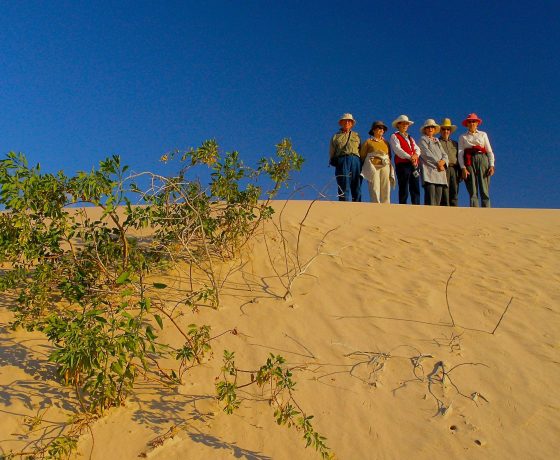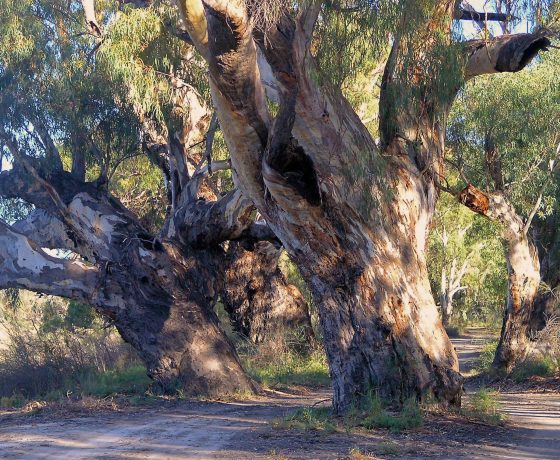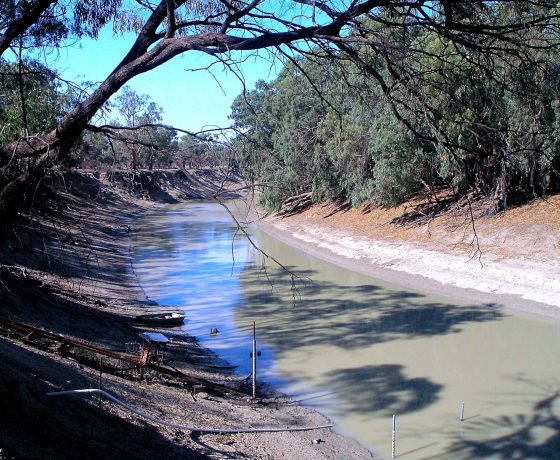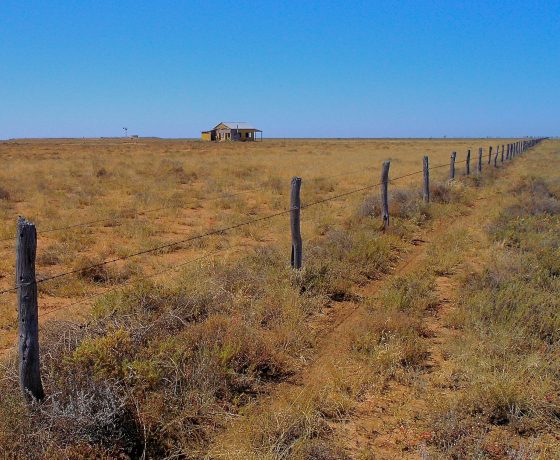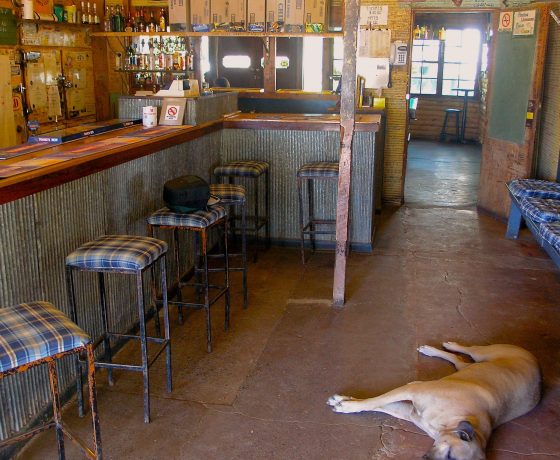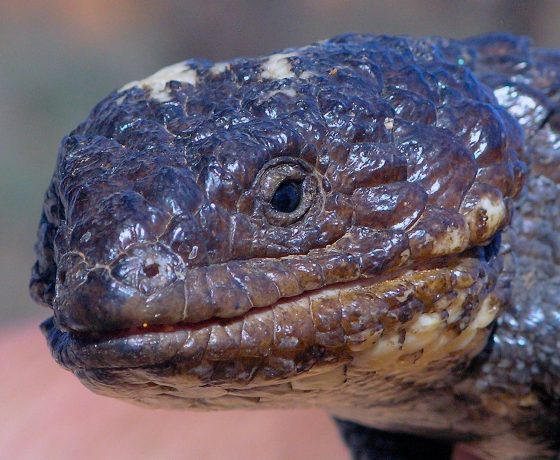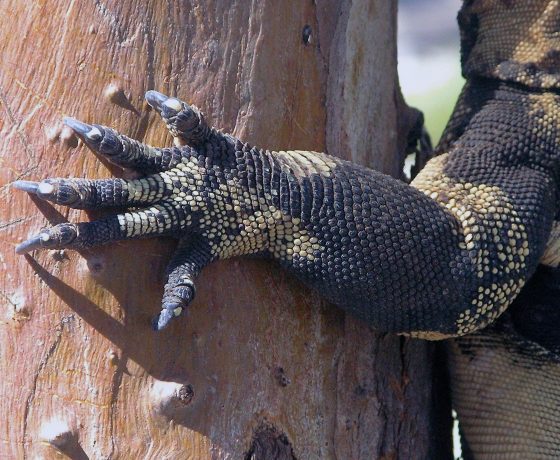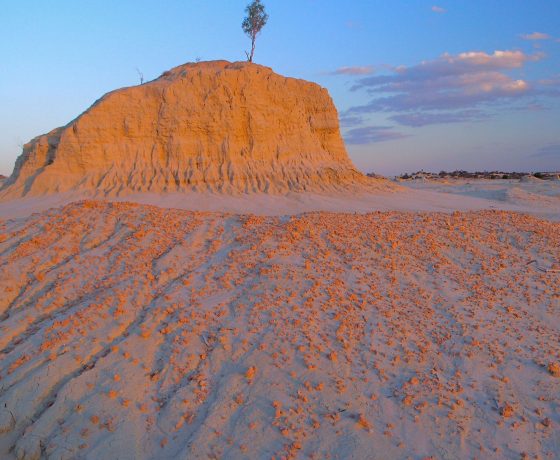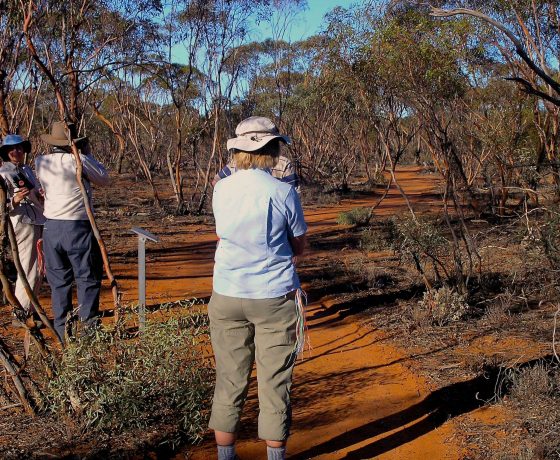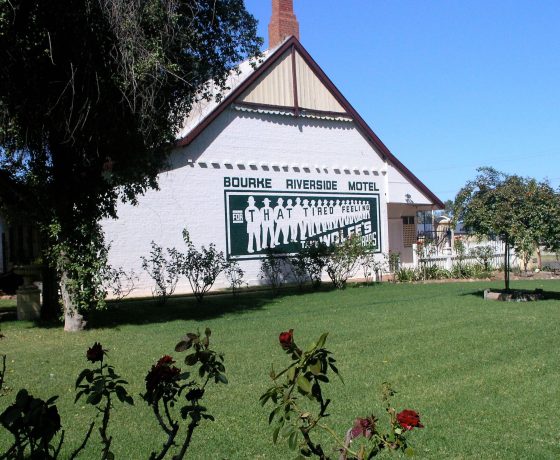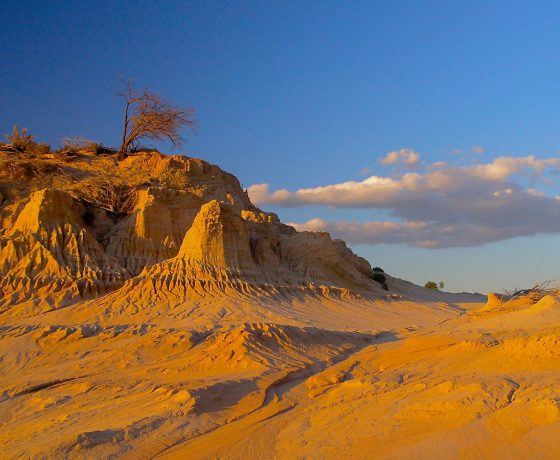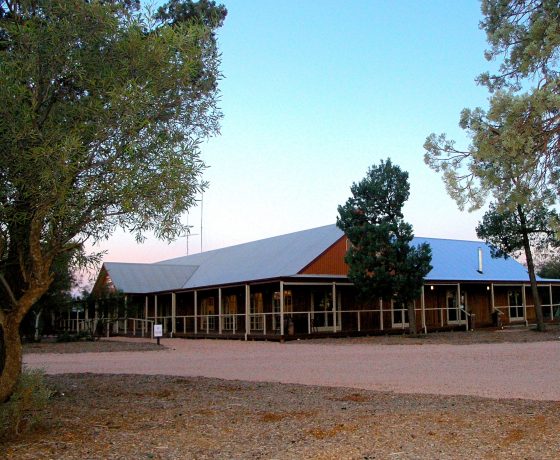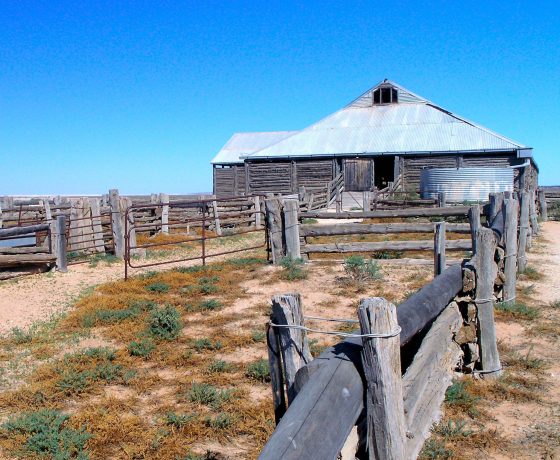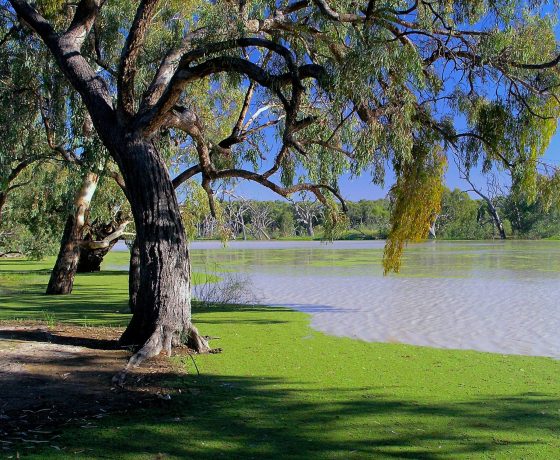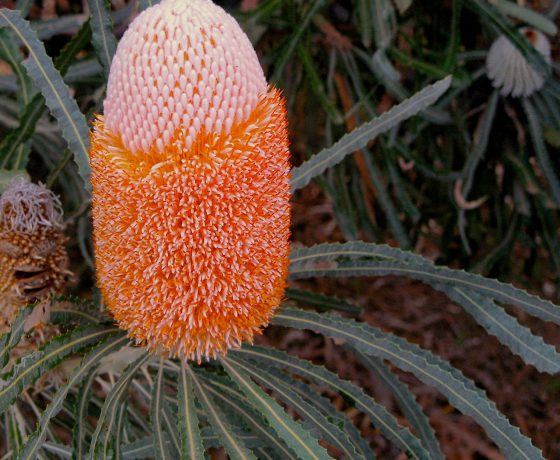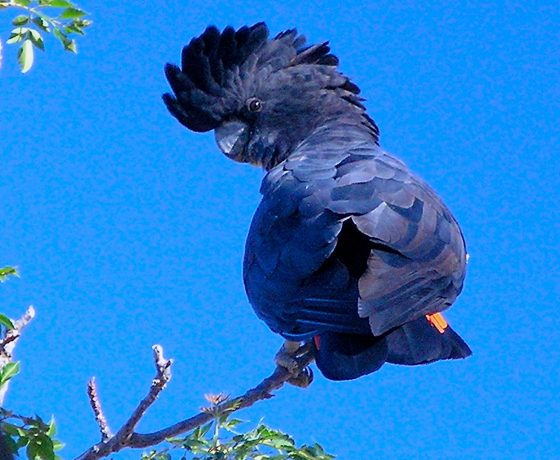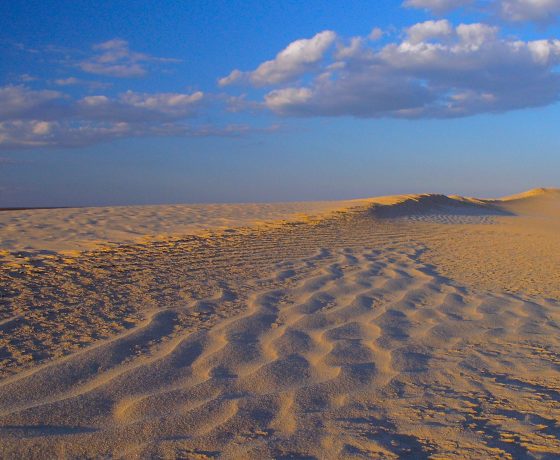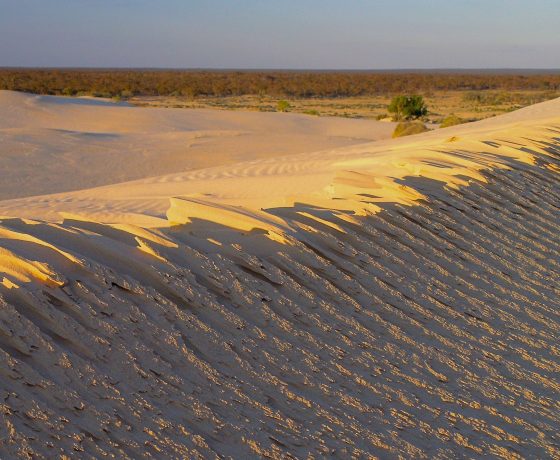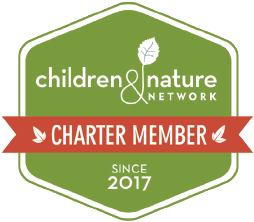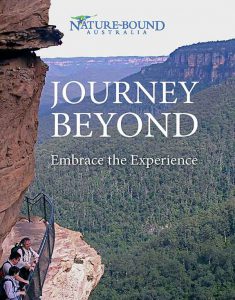Explore the legendary inland rivers from source to sea and the Darling River Run through outback NSW
Duration
11 daysCurrent Price
all inclusive pp / twin share
Single Supplement AUD$750.00.
Special Discounts apply to this tour.
Early Bird price reverts to the Regular Price 6 months prior to each tour departure date.
Trace historic waterways and wildlife corridors which wind their way through remote Outback New South Wales and discover more than a century of pioneering endeavour.
Immerse yourself in Indigenous occupation and culture, inland exploration, once bustling river ports, world heritage parks and pastoral station life.
Travel the back roads through 170 years of settlement. Discover the real Australia beyond the “Back of Bourke”, the woolsheds and homesteads of historic pastoral stations and dynasties. Be personally informed of the present day Murray-Darling environmental awareness issues in an era of climate change. An exceptional journey into the very heart and spirit which made Australia, also a testimony to the world's longest lasting living culture.
Next departure scheduled for 20 May 2024. (11 Days) Book now 3 seats remaining
Additional Adelaide to Brisbane (reverse tour) scheduled for 4 June 2024 subject to bookings.
Both personalised tours limited to maximum 7 guests.
Register now for your priority reservation and advanced releases for 2025, similar dates to be confirmed October 2024.
Secure your reservation by firstly enquiring about availability today.
Tour Highlights
Picture yourself, strolling alone on the grand banks of the Darling River, with majestic River Red Gums and prolific birdlife enriching your experience.
- Imagine the days of 200 paddle steamers, hauling thousand of wool bales down stream from remote river ports to seaboard markets
- Learn more of the culture and Aboriginal communities which lived a life of plenty on the shores of world heritage Mungo Lake. How the sands of time have revealed the world’s oldest cremation and ritual burial sites of Mungo Man and Mungo Woman, the remains of 135 other modern humans and many extinct mega-fauna
- Follow Australia’s longest wildlife corridor, with its abundance of colour and species beyond the city reach
- Chat with self-reliant locals who have lived a life by the rivers, their fascinating stories of adaption to “droughts and flooding rains”
- Assimilate today’s environmental issues around sacred water resources, land management and climate, bridging the awareness divide. An informative experiential journey.
Itinerary
Departing from Brisbane, we identify the brooks and river tributaries of the greater Darling River Basin, the environmental dependence of communities and nature on the sacred resource of water
Features
- View various tributaries of the Darling River basin following the tour theme “from source to sea” - insights into natural history along the waterways
- Condamine River at Warwick; MacIntyre Brook at Inglewood; Dumaresq River at Yelarbon; MacIntyre River at Goondiwindi
- Reflect on the towns and communities developed around and dependent on water
- Let your thoughts flow to water allocations and the environmental sustainability of inland rivers
- Consider the future of land management and degradation, the concept of finite natural resources
- Initiatives underway domestically and globally, addressing our sacred natural resources
- Consider the waterways as a life supporting wildlife corridor
- Enjoy full tour briefing and afternoon walk along MacIntyre River
Accommodation
Quality country motel ensuite rooms
Meals
Tailgate M/Tea, A/Tea and lunch
Motel restaurant dinner
Travel
Driving: 357 kms in 4 relaxed stages over the full day
Walking: Relaxed roaming at feature stops and along The MacIntyre
Farming life in the area can be a struggle against climate and flood challenges and our journey takes us through a largely forgotten region until we reach the hub of cotton farming, Dirranbandi, home to the largest irrigated cotton farm in Australia which was the centre of passionate environmental, social and political debate from its establishment.
Features
- Passing through Boggabilla, the sleepy little hub with a "wobbly boot" pub now etched in Australian folklore.
- Diversions to the border river, The MacIntyre at Boonangar Crossing leading into the Barwon River and ultimately The Darling
- Lingering awhile in the dual border town of Mungindi famous for its heritage stump where the NSW/QLD border ceases to follow mountain ranges and rivers and strikes out west in a straight line to the Corner Country.
- Further local roads take us to Dirranbandi the village dependent economically on cotton. Time to roam the village before sunset and dinner.
Accommodation
Comfortable en-suite country motel - Dirranbandi
Meals
Tailgate M/Tea, A/Tea and Lunch
Local motel restaurant dinner and breakfast
Travel
Driving: 245 kms in 3 relaxed stages throughout the day
Walking: Relaxed roaming at feature stops
A day of awareness and reality as we pass through Kamilaroi lands and outback towns at the face of Aboriginal cultural issues and needs. Time to reflect on the skills applied to fishing 40,000 years ago and family “virtues we may profitably imitate”. But the day starts early with a local guided tour of the much maligned and celebrated Cubbie Station cotton enterprise (whichever way is your leaning) to consider the environmental, economic and social issues of this enormous engineering project.
Features
- A three hour guided tour of Cubbie Station followed by a light Dirranbandi lunch, then afternoon drive to the town of Bourke
- We pass through the remote border hub of Hebel where a local station owner bought the curious pub and offered free meals to the few ageing citizens in a spirit of keeping his town alive.
- The proud and wide ranging Kamilaroi People were one of the four largest nations in Australia. From the Hunter Valley to SW Queensland they frequented the river valleys, the Barwon River and places around Collarenebri and Walgett
- The Kamilaroi were fierce warriors but had virtues families of today “might well imitate”. So it was written in 1882 about their morality, their respect for wisdom and age, care of the sick and infirmed, and children committed to meagre fare
- Here was the far extremities of the paddle steamer river services of the 1800’s which made possible a nation growing on the sheep’s back
- Near Brewarrina the Barwon becomes the mighty Darling River, once described as Australia’s Mississippi after the great inland waterway of the USA
- The ingenious design of Aboriginal Fish Traps on the edge of Brewarrina township, said to be 40,000 years old, are evidence of a people rich in engineering skills
- We pass by Hospital Creek where the massacre of 400 Aboriginal People took place centred around the abduction of an Aboriginal woman or killing of a white stockman. Differing accounts confused in time
- Nearby, from a dusty clay pan to lush grazing pastures a young couple regenerated their land following the holistic farming principles of Rhodesian biologist Alan Savory
- Late afternoon we arrive in Bourke for a two night stop and local exploring.
Accommodation
En-suite rooms at a Bourke country motel - 2 nights
Meals
Tailgate M/Tea, A/Tea and Lunch
Local "Back of Bourke" hotel restaurant dinner
Travel
Driving: 319 kms in 4 relaxed stages throughout the day
Walking: Relaxed roaming at feature stops following Cubbie Station Tour
Poet Henry Lawson could not cope with the land to which he had been despatched and the town hasn’t forgiven him since, but acclaimed eye specialist Fred Hollows requested he be rested there in the “closest place to a real Australia”
Features
- Poet Will Ogilvie wrote of Bourke being the “bitterest land of sweat and sorrow”, but if he were free he’d be off to the “Back of Bourke” tomorrow
- Head to the Back of Bourke Exhibition Centre to assimilate with this iconic oasis town etched firmly in Australian inland river history
- Here the people are a resilient bunch with an old bush spirit, defying the dry seasons and the derogatory verse of poet Henry Lawson when sent to go experience the bush
- Colonial surveyor and explorer Thomas Mitchell found himself in conflict with the local Aboriginal people and created “Fort Bourke”, for the protection of his men and their stores
- The last resting place (and stone of reflections) for internationally acclaimed eye specialist Prof Fred Hollows is found here in the company of other unsung outback heroes. The place of his choosing where he had contributed so much to eye-health in Indigenous communities
- Gundabooka National Park offers a short walk to the Mulgowan (Yappa) Aboriginal Rock Art gallery and a spot of birding along the way
- From the nearby rumbling of Mount Oxley in 1828, explorer Charles Sturt looked over his expedition pathway toward the Darling (no better seen but at sunset) and reported a strange gun discharge which he surmised to be a gaseous explosion from within
Accommodation
En-suite rooms at Bourke country motel
Meals
Local hotel or cafe breakfast
Packed tailgate lunch by locals
Local hotel restaurant dinner
Travel
Driving: 150 kms of random local travel throughout the day
Walking: Roaming at feature stops plus 2 kms return on flat track to view rock art gallery
Where pubs were built for river traffic and paddle steamers ruled the waterway, the Louth “Shindy’s Inn” has survived. Nearby, sheep stations wrapped in history are now “harvesting” wild goats and sophisticated travellers
Features
- We’ll commence our excursions down the Darling River Run, to the village of Louth, following the east bank
- 218 steamers once plied the Darling, travelling up-stream with stores for isolated pastoral stations and returning with their wool bales, bound for export to Europe
- In the peak years, sheep stations were up to 2 million acres shearing 500,000 sheep
- Visit the most historic of them all, Dunlop Station, where in 1888 it led the world in a revolutionary experiment in mechanical shearing
- Lunch at the one and only Shindy’s Inn pub offers “the best potato chips for 100 kms” and other fascinating insights into country hospitality and humour
- A “shining headstone” has long been the talk of the town apart from the annual races which today, for a brief moment, attract 5000 socialising country folk and visitors
- We divert to Cobar, established in 1870 has been the centre of base metals, copper and gold mining in outback New south Wales
- We’ll explore the town and its 19th century colonial architecture and gaze into the open cut mine pit near town centre from Fort Bourke Hill. The best Cobar vista, particularly at sunset
Accommodation
Quality en-suite rooms at country town motel
Meals
Local hotel or cafe breakfast
Tailgate M/Tea, A/Tea
Country hotel counter lunch
Dinner at motel restaurant
Travel
Driving: 228 kms in 3 relaxed stages on back roads throughout the day
Walking: Relaxed roaming at feature stops
The insensitive government treatment of people with cultural and language differences is obvious but the old port town of Wilcannia still shines with its grand sandstone buildings and the call of the Darling continues
Features
- Departing Cobar, we’ll divert to Mount Grenfell to view an historic rock art site important to the clans and people of the Ngiyampaa nation. In 1859 it was the Ngiyampaa people who were massacred at the Hospital Creek site visited, near Brewarrina
- We rejoin the Darling River Run at the curious village of Tilpa with its iconic corrugated iron pub on the river bank, then follow the river and vast flood plains to Wilcannia
- Wilcannia has a fascinating history as a river port town and is home to the Barkindji people who have lived in the area for 40,000 years
- The Wilcannia name is Aboriginal for “gap in the bank where the flood waters escape” acknowledging the Darling River has a history of breaking its banks. But floods and droughts are a boom and bust affair in the outback
- The most striking visual surprise is Reid Street with its selection of wonderful sandstone buildings developed from local stone in the mid 1800’s
- Rejoin the Darling River Run again and follow the east bank to Menindee
- The barge Moorabin was in tow of the steamer Renmark when it struck a snag and sank in the Darling River near Billilla station in late 1925. Master of the Renmark, beached the barge before it sank lower, allowing much of its cargo of 800 bales of wool to be saved
- At Menindee there is a lake system often under stress. Late afternoon and tomorrow, view the lake-scapes and reach an understanding of local water issues, the affects on people and wildlife
- Explorers Burke and Wills enjoyed their last indulgences at the Maiden’s Hotel en route to their tragic expedition. Dine in their memory and chat with locals at the “Maidens”.
Accommodation
Comfortable but modest ensuite rooms at country motel
Meals
Motel restaurant breakfast
Tailgate M/Tea, A/Tea
Tailgate packed picnic lunch by locals
Travel
Driving: 472 kms outback travel in 4 stages on both highway and bush roads
Walking: Relaxed roaming at feature stops plus 3 kms return walk on flat trail to view rock art gallery
Become infected by the magnificence of outback endeavour so connected to nature, the challenges of isolation and seasons. The energy and spirit of very special country people keen to share their life and love of the land with you, despite the everyday challenges. Arrive as a stranger and leave as a friend.
Features
- Menindee was discovered by surveyor, explorer Thomas Mitchell in 1835 after which it became “the last outpost of civilisation” and a “jumping off place for the interior” exploration
- Skirt by the lakes and follow the Darling River through Kinchega National Park and its corridor of stately River Red Gums. Walk the Darling billabong and visit the historic homestead site and woolshed of a once vast pastoral station
- Settle in for the day and night at Bindara Station (1849) with its wealth of colonial and river history and legendary hospitality to match, a self sufficient bio-organic orchard and veggie garden and riverbank trails to wander
- Originally called “Netley”, one million acres stretching from the river to the South Australian border, in a good year it ran 115,000 sheep, 750 cattle and 820 horses all managed by 200 staff
- Discover the majestic homestead of red bricks sourced and fired on the property with other building materials transported up the river by paddle steamers
- The station once boasted its own store, pub and school and was a river stop for the “steamers”. Large parts of the property were resumed by government after the world wars and the river frontage section was sold to the wealthy Packer family in 1936 and named “Bindara”
- Current host Barb and her husband purchased the property in 1981. Barb has lived on the river all her married life, educating her two children through the long distance School of the Air
- Wander through history or along the river bank, pausing to sit and ponder the sounds of nature and particularly some of the 150 bird species
Accommodation
Ensuite cottages at historic pastoral station homestead
Meals
Menindee cafe service for breakfast
Tailgate M/Tea
Homestead lunch on arrival
Homestead dinner or BBQ
Travel
Driving: 43 kms nominal local access bush tracks
Walking: Relaxed roaming at feature stops and 2.3 kms / 1.5 to 2 hr short walk in Kinchega National Park
Journey into the homeland of Aboriginal people who have lived here for millennia, a place of ancient culture and archaeological treasures. Where trackways of human footprints 20,000 yrs old have been found and climate change (not a new phenomenon) has shaped the land since the last ice age.
Features
- A reasonably early start with a host history tour of Bindara, then follow local directions on back tracks to the old port of Pooncarie, scheduling a M/Tea break in the quaint little village (population less than 50)
- On the track outback, pass by old pub sites set strategically every 30 kms or so, to service the old stage coaches run by the “cattle king”, Sidney Kidman and his partners
- View old school sites, lookouts over the Darling, other station homesteads and The Great Anabranch of the Darling which fills and flows parallel to the Darling all the way to the Murray River, once the main river reaches 6 metres
- Lunch awaits at the modern and luxury Mungo Lodge
- Devote the afternoon to the archaeological and landscape wonders of Mungo National Park, specifically short drives and guided strolls to local features and sun setting on the Walls of China
- You are in the heart of the world heritage Willandra Lakes region encompassing Mungo
- Drying up of a great inland water system and wind blowing across the dry Mungo Lake bed has created an amazing lunette landscape of dunes, ancient shorelines stratified into layers of sediments.
- Our First Peoples once lived on the lake shores more than 40,000 yrs ago when the lakes provided an abundance of food.
- The once buried Mungo Woman was uncovered by winds in 1969 on the western shore and 175 bone fragments were reassembled suggesting her age to be 40,000 yrs. Five years later, Mungo Man was revealed in what is said to be the oldest known cremation site in the world, now dated back some 68,000 yrs.
- There has also been evidence of many primitive and extinct animal remains.
Accommodation
Quality ensuite cabins at luxury outback lodge
Meals
Homestead breakfast
Village cafe M/Tea
Restaurant lunch at outback lodge on arrival
Tailgate A/Tea
Dinner at lodge restaurant
Travel
Driving: 231 kms in 3 stages on back roads to Mungo National Park
Walking: Relaxed roaming at feature stops and short guided walks (flat) at Mungo National Park
Edging away from the dry outback and bound for the irrigated food bowl of Australia, time to study the unique Mallee trees and sandy country with the mighty Murray River looming near, searching for its confluence with the Darling.
Features
- After a dawn return to the Walls of China, your tour changes character but not historic relevance. Take the back roads through Mallee country to Mildura
- Mallee country, a unique ecosystem of characteristic Eucalypt trees difficult to tame, possessing fast regeneration capacities after disturbance or fire. Growing in dry sandy country with few water courses but accepting rain like a sponge
- Mallee makes great firewood leaving little ash, is a provider of Eucalyptus oil and home to the very shy and concealed Mallee Fowl
- Visit the Murray and Darling River junction at Wentworth and reflect on a history of life and transport on the Murray, plus the network of locks and weirs that service the irrigation system and established food bowl
Accommodation
Ensuite rooms at regional motel
Meals
Lodge restaurant breakfast
Tailgate M/Tea
Cafe lunch and A/Tea
Town restaurant dinner
Travel
Driving: 175 kms in 3 stages throughout the day
Walking: Relaxed roaming at feature stops
When two great rivers meet the “personality” of one inevitably dominates. The Darling now serves the Murray and irrigation has brought enterprise and prosperity to some, while others jump aboard the houseboat or paddle boat experience.
Features
- Bid farewell to the Darling River and travel from village to village down the Murray River headed for “the mouth”, passing through the Riverland, a large wine producing region. Millions of stone fruit, citrus and almond trees adorn the landscape
- The small village of Morgan on the Murray banks beckons for lunch. Historically, it was the home of a large Indigenous Riverland population. It became the second busiest port in South Australia behind Port Adelaide, handling nearly all goods being imported or exported, particularly the wool being barged down the Darling
- Today Morgan is a haven for houseboats and new prestige waterfront holiday homes for Adelaide folk
- Mannum provides a picturesque village atmosphere by the river for our overnight stop
- Its claim to fame is “the birthplace of the Murray River Paddle Steamers”, an early pastoral station network using the river to market their goods and settlement by new farmers of German stock growing cereals and sheep production
Accommodation
Ensuite rooms at town motel
Meals
Continental breakfast to room
Tailgate or cafe M/Tea
Restaurant or winery garden lunch
Cafe A/Tea
Motel restaurant dinner
Travel
Driving: 344 kms in 3 relaxed sealed road stages throughout the day
Walking: Relaxed roaming at feature stops
Today you complete your “source to sea” journey recalling the remote brooks visited on day one, the solitude and tranquility of the Darling River bank your heart now “owns” and one last experience, a local boat cruise to Coorong National Park
Features
- Early departure today for the shores of Lake Alexandrina where the freshwater of the Murray flows into and is mixed with salt water from Encounter Bay and the great southern ocean.
- Arrive in the villages of Goolwa and Victor Harbor to board the cruise boat for lunch and a half day visit to the Coorong , including a walk across the dunes to the Great Southern Ocean.
- Movie buffs may remember this area for the iconic movie "Storm Boy". Hopefully abundant marine and bird life will choose to greet us.
- On completion of the cruise you’ll travel 84 kms into Adelaide via the winery haven of McLaren Vale arriving early evening at your chosen hotel/motel, enriched at journey’s end.
Accommodation
Tour completed - ensuite motel rooms at tour base available - tour guest’s option and cost
Meals
Motel restaurant breakfast
Random M/Tea and seaside cafe lunch
Tour concluded - Tour base motel has a restaurant for dinner if desired - tour guest’s option and cost
Travel
Driving: 224 kms in 2 stages throughout the day
Walking: Relaxed roaming at feature stops (plus boat trip)
Best Value Inclusions
- All accommodation
- All meals with breakfast, lunch and 2 course dinner with choices
- Morning and afternoon teas
- Glass of wine with dinner if you wish
- Spontaneous travel treats and refreshments
- Tour transport and naturalist guides
- All National Park entry fees
- A number of feature entries
- Pre-tour briefing and meet ‘n greet function
- Local guides and guests, as available
- Informative travel reference kit
- Use of on-board reference materials and facilities
- A meaningful tour memento
- Personalised pre-tour planning advice to maximise your enjoyment of the experience
- What we don't include:
- Expenditure of a personal nature
- Pre and post tour travel and accommodation arrangements
- Travel and comprehensive contingency insurance
Pricing & Departure Dates
All Inclusive Prices. Loyalty and Group Discounts apply - enquire
2024 Departures
| Departs | Concludes | Early Bird Offer | Regular Price | |
|---|---|---|---|---|
| 20 May 2024 | 30 May 2024 | - pp / twin share | $8050 pp / twin share | Book Now |
| 04 Jun 2024 | 14 Jun 2024 | - pp / twin share | $8050 pp / twin share | Book Now |
| Departs | 20 May 2024 |
| Concludes | 30 May 2024 |
| Early Bird Offer | - pp / twin share |
| Regular Price | $8050 pp / twin share |
| Book Now |
| Departs | 04 Jun 2024 |
| Concludes | 14 Jun 2024 |
| Early Bird Offer | - pp / twin share |
| Regular Price | $8050 pp / twin share |
| Book Now |
WHAT OUR GUESTS SAY
Have you completed this tour? Click here to submit a review!
Other tours that may interest you
Enter your email address to receive the latest news on feature tours,
walking tips, new release Blog posts and connecting with nature




